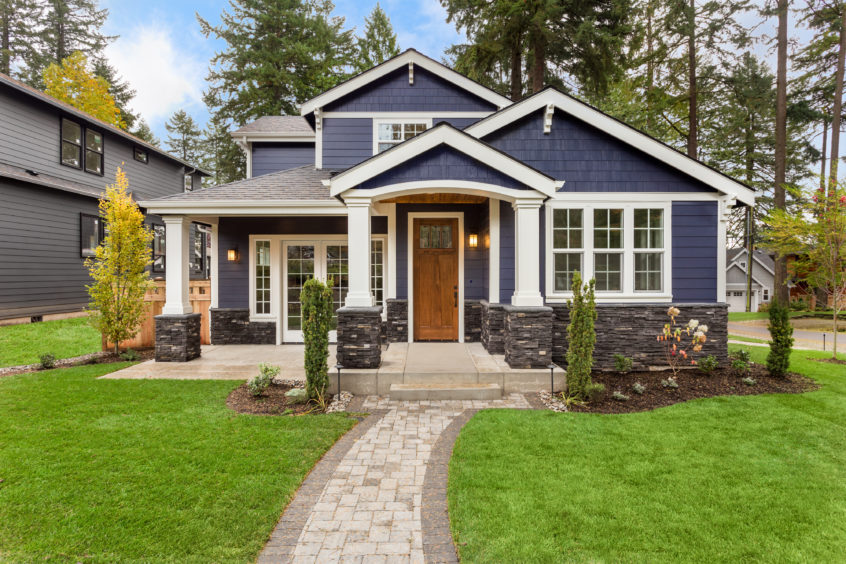Your home is likely your most valuable asset and as such it’s very important that you have it insured for an accurate replacement value.
There is quite a bit of information required in order to accurately determine the replacement cost of your home. Your broker will ask you for the following information.
- Year built
- Total square footage (finished living area not including basement)
- Square footage of the basement (finished and unfinished sections)
- Occupancy (for example single or multiple families living in the home)
- Style of home (townhome, bungalow, etc.)
- Number of stories
- Type of Foundation (for example poured concrete, block or crawl space)
- Exterior wall finish (brick veneer, vinyl, etc.)
- Number of bathrooms
- Does the home have a garage or other structure attached or detached from the home?
- Where is the home located? (Urban area, suburbs, rural, on island or seasonal access road)
- Are there any features or finishings in your home that are not typical to your average family home?
If you plan on doing renovations or upgrades it is important that you contact us with any changes to the above information to ensure that you have the correct coverage.
What is the difference between replacement cost and real estate value?
Replacement cost is the cost of rebuilding your home including the cost of debris removal, material and labour.
Real estate value is the cost of the home based on land value, appeared value of the home and demand for homes in that area.
Why is my home insured for more than I paid for it?
The replacement cost shown on your policy will sometimes exceed what you paid for the home due to a number of reasons including:
- The cost of demolishing what is left of the home is factored in at a rate of 10% to 15% of what the base estimated replacement cost is
- Rebuilding a single home is more expensive. If you purchased new its likely your developer was able to obtain material at a lower cost by buying in bulk
- Following a catastrophic event the higher demand for material and labor will result in higher construction costs and delays

